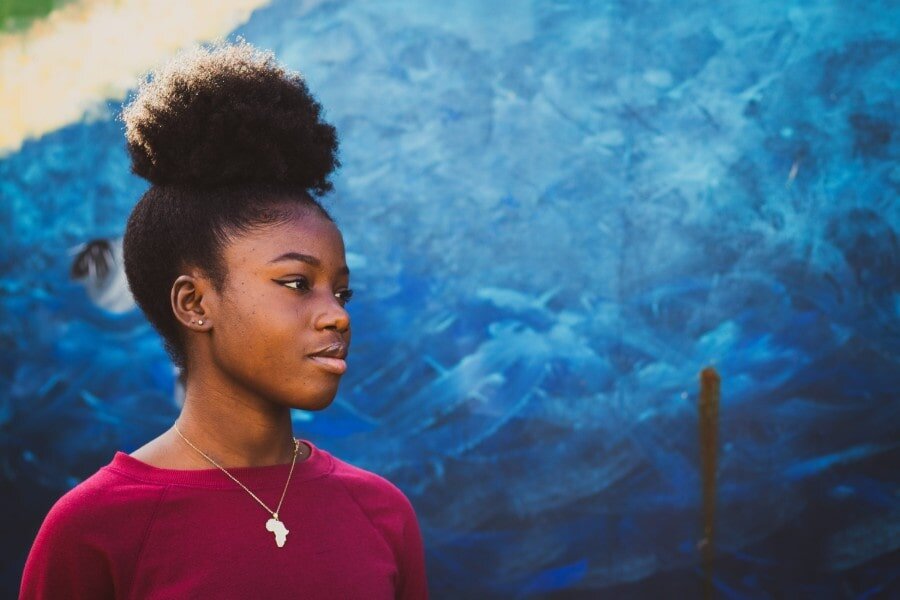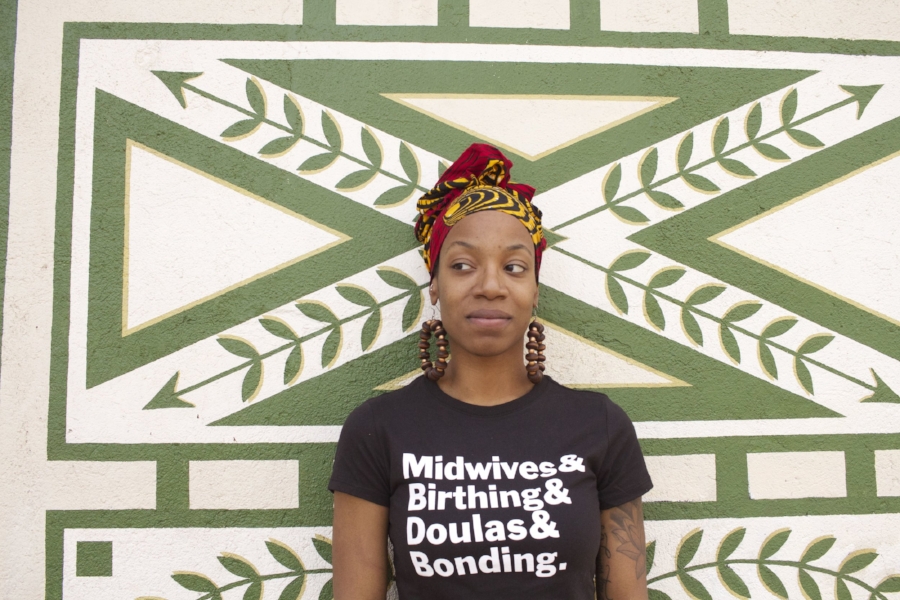Take a look at your cosmetics. Even if they are labeled “natural” or “organic,” we have to wonder if they are really organic, or just a bit of marketing to get us to part with extra dollars. According to the Campaign for Safe Cosmetics, “natural” is a completely unregulated term—however, “organic” is a legal standard that must be verified by independent third parties. Here are a few cosmetic labels to look for:
- USDA Organic: Requires third-party certification and a minimum of 95% certified-organic plant ingredients (70% qualifies for “made with organic.”) No synthetics are allowed.
- NSF: Requires products have 70% organic ingredients and limited chemical processing or additives.
- BDIH: This label is more common in European countries, which have stringent rules banning all petroleum-based ingredients if a product is called “natural.” It requires third-party certification.
- Whole Foods Premium Body Care: A label developed by the store certifying that products are free of 250 toxic chemicals.
- Oasis: An industry label in European countries requiring 95% organic. It allows for some synthetics.
- EcoCert: A less stringent third-party seal requiring 95% natural ingredients with a minimum 10% of those certified organic
A version of this article originally appeared on Robin Wilson Home.

















